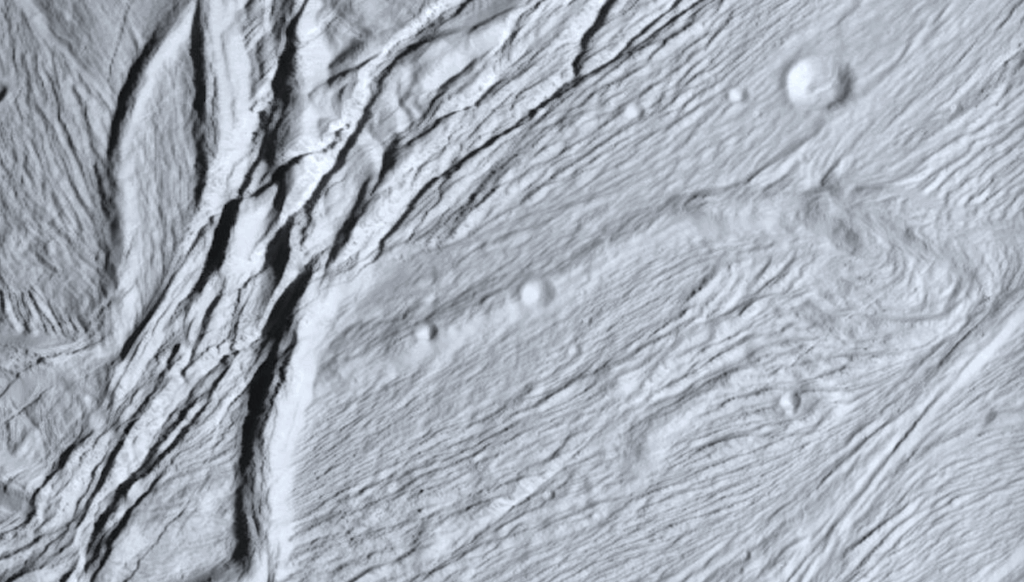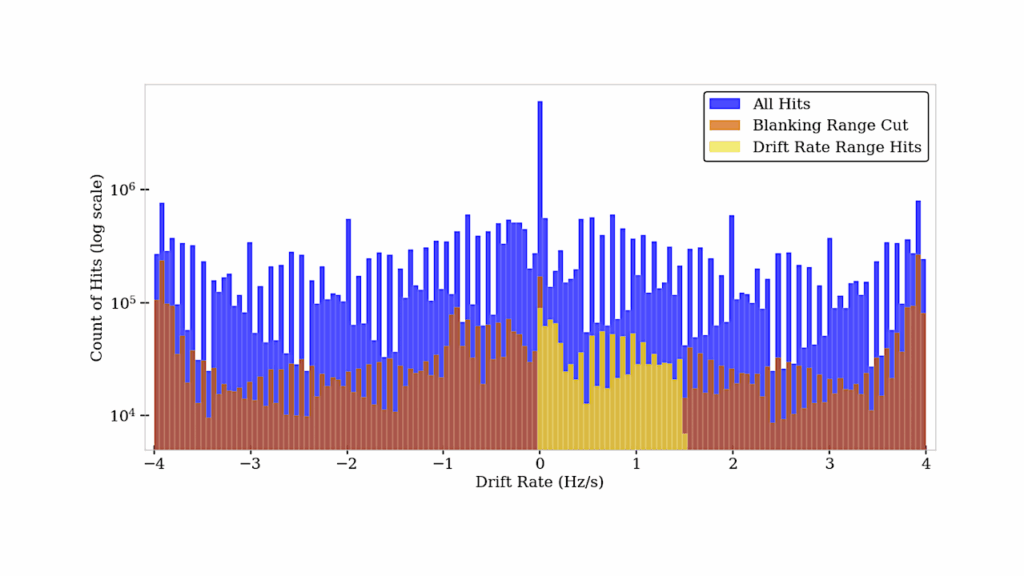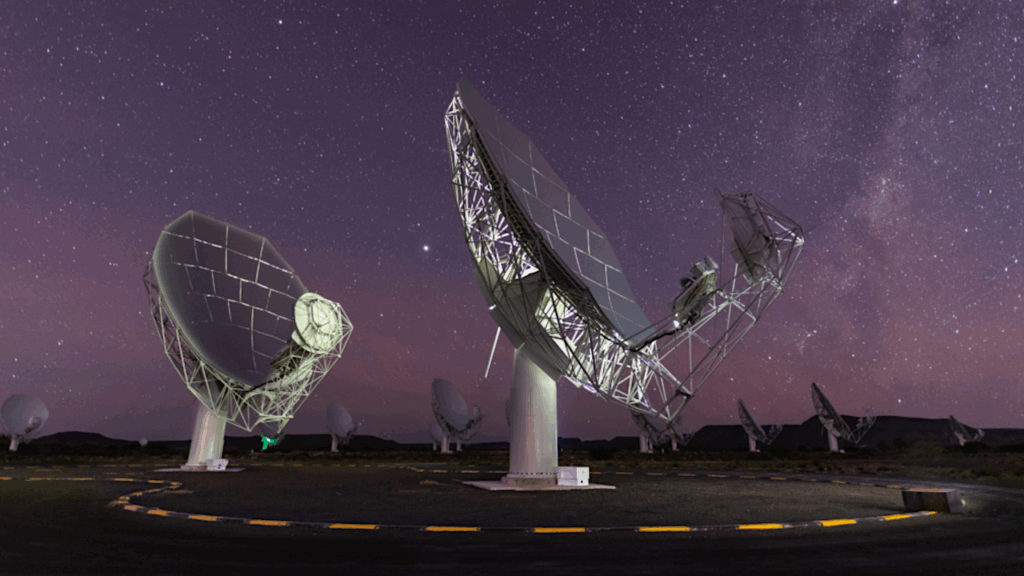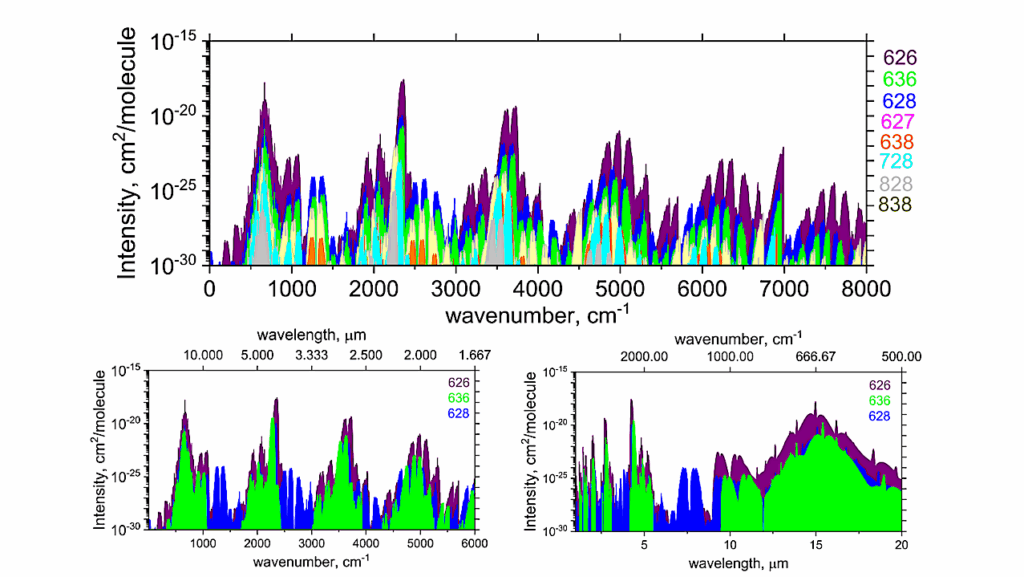Astrochemistry During The Formation Of Stars

Star-forming regions show a rich and varied chemistry, including the presence of complex organic molecules – both in the cold gas distributed on large scales, and in the hot regions close to young stars where protoplanetary disks arise. Recent advances in observational techniques have opened new possibilities for studying this chemistry.
In particular, the Atacama Large Millimeter/submillimeter Array (ALMA) has made it possible to study astrochemistry down to Solar System size scales, while also revealing molecules of increasing variety and complexity. In this review, we discuss recent observations of the chemistry of star-forming environments, with a particular focus on complex organic molecules, taking context from the laboratory experiments and chemical models that they have stimulated. The key takeaway points are: The physical evolution of individual sources plays a crucial role in their inferred chemical signatures, and remains an important area for observations and models to elucidate.
Comparisons of the abundances measured toward different star-forming environments (high-mass versus low-mass, Galactic center versus Galactic disk) reveal a remarkable similarity, an indication that the underlying chemistry is relatively independent of variations in their physical conditions. Studies of molecular isotopologs in star-forming regions provide a link with measurements in our own Solar System, and thus may shed light on the chemical similarities and differences expected in other planetary systems.
Jes K. Jorgensen, Arnaud Belloche, Robin T. Garrod
Comments: Invited review to be published in Annual Reviews of Astronomy and Astrophysics; 55 pages, 10 figures
Subjects: Solar and Stellar Astrophysics (astro-ph.SR); Astrophysics of Galaxies (astro-ph.GA)
Cite as: arXiv:2006.07071 [astro-ph.SR] (or arXiv:2006.07071v1 [astro-ph.SR] for this version)
Submission history
From: Jes K. Jørgensen
[v1] Fri, 12 Jun 2020 10:52:13 UTC (3,262 KB)
https://arxiv.org/abs/2006.07071
Astrobiology, Astrochemistry








